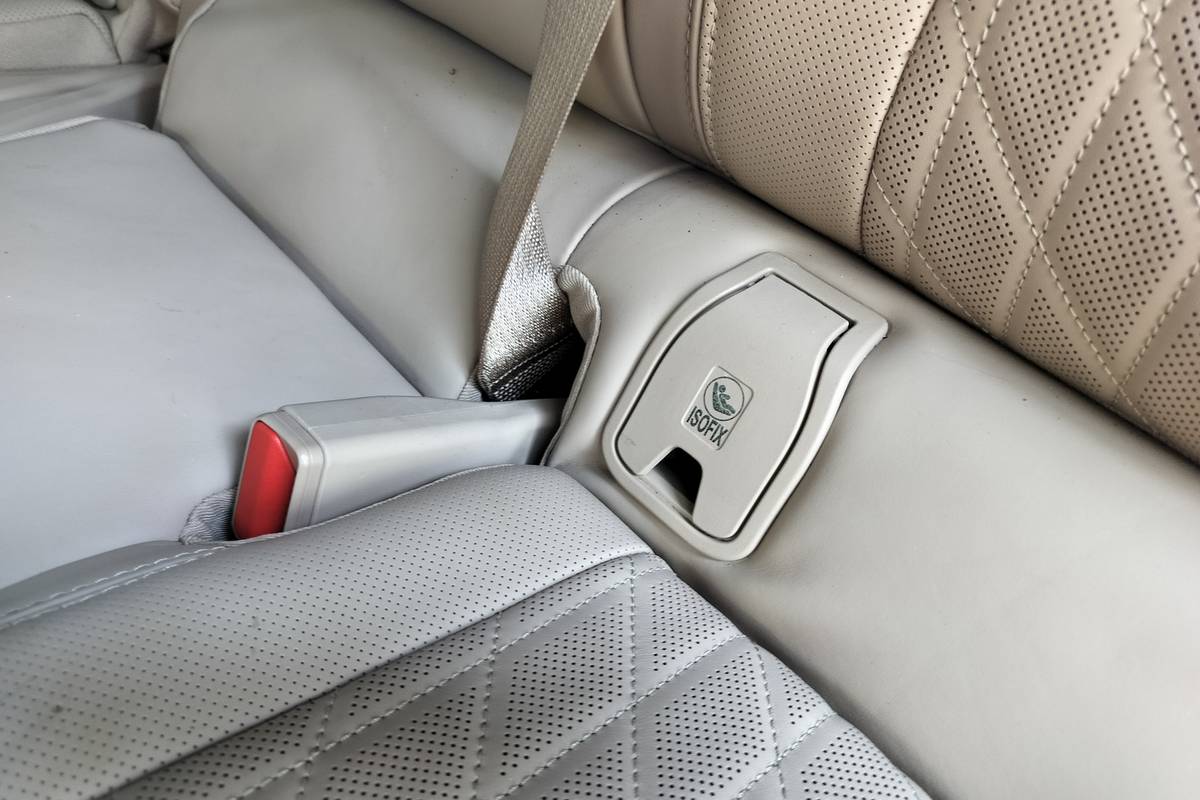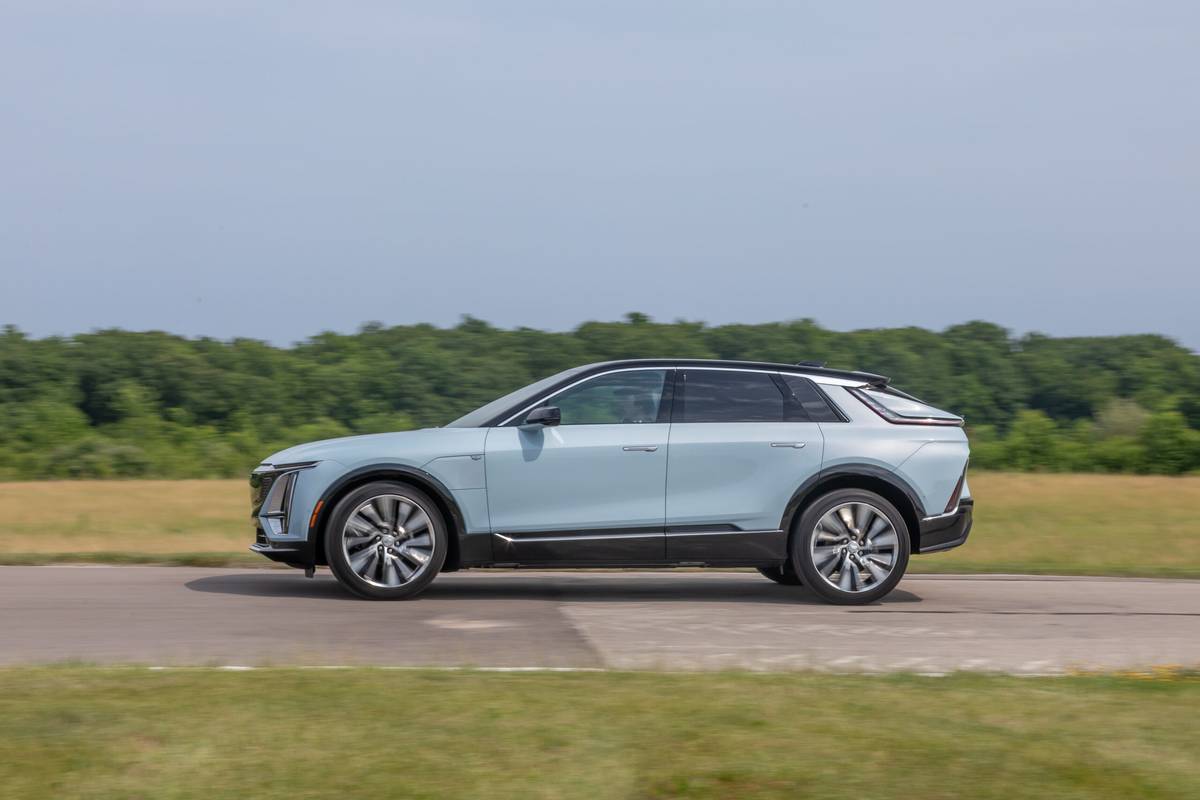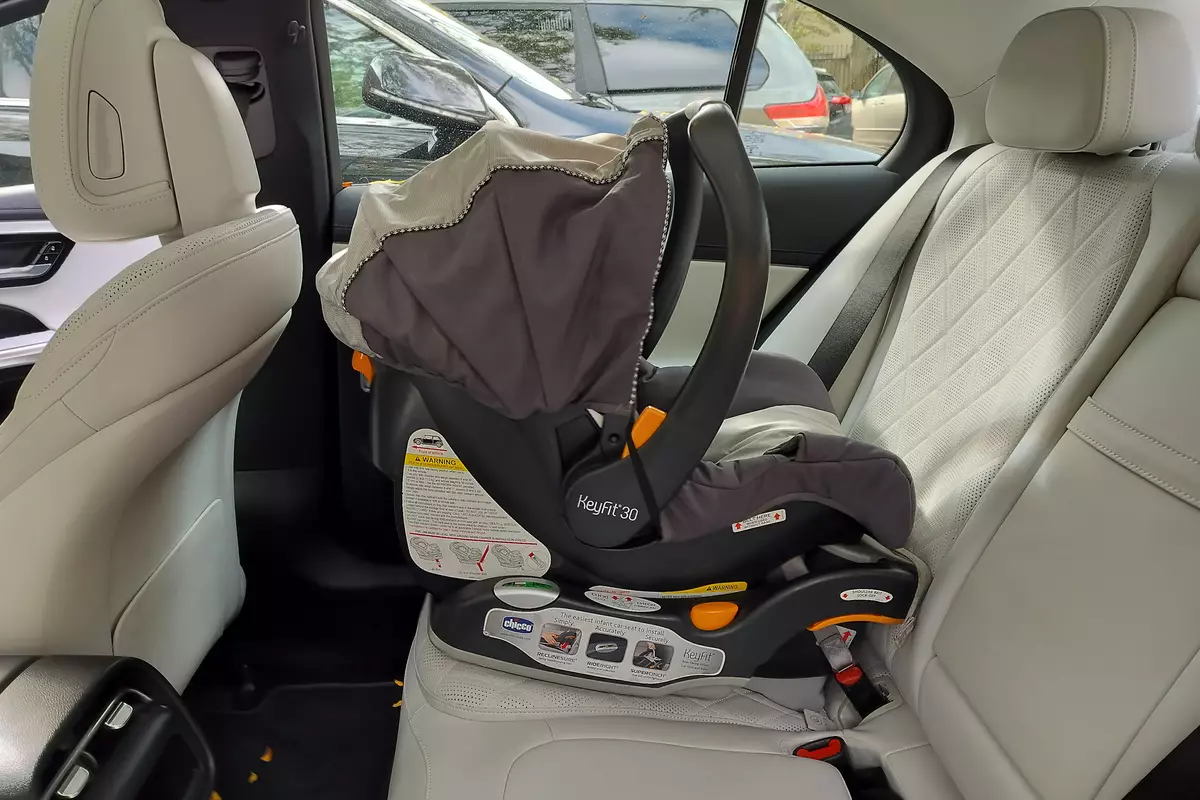The Morning Call and Mcall.com's view
Subaru earned its reputation by building small, relatively inexpensive and mechanically simple cars. No great beauties rolled off the line in the early days. Styling, apparently, was not one of the big priorities.
Despite its lack of flash, Subaru became one of the most innovative of the Japanese manufacturers. The company pioneered front-wheel drive among Japanese cars back in 1969 and offered the first four-wheel drive production car to the American market in 1975.
Since that time, Subaru, like most other car companies, has upgraded its products and image. It still offers some small, relatively inexpensive cars but it also offers some sophisticated machinery for those who aren’t adverse to spending a couple of bucks.
A good example of Subaru’s new image is the 1987 1/2 Subaru XT Full-Time 4WD GL-10 Turbo Coupe. Here’s a car that proves that not only can Subaru come up with the longest names for its models but it can out-sophisticate and out- glitz most of its competitors.
The new XT at first may look like an unlikely candidate for a full-time four-wheel drive system. But then this very sleek looking sports coupe had been available with on-demand four-wheel drive since 1985, which at the time seemed equally as unlikely. But four-wheel drive is becoming more popular in passenger cars and each year more auto manufacturers – both domestic and foreign – are offering such models.
Why? you may very well ask. The answer, of course, is traction. And not only traction over the trails and through deep snow (that’s the job of the truck-type four-wheel drive vehicles) but traction over highways, both wet and dry.
To get technical, the XT’s full-time FWD system features a new four-speed automatic transmission that has an overdrive fourth gear, lock-up torque converter and electronic logic controls. This front-wheel drive transmission is adapted to full-time 4WD with the addition of a rear-wheel road speed sensor, a hydraulic multi-plate clutch, added transfer gears and a few changes to the computer program and transmission valve body to control shifting.
To get everything working, the computer compares the speed of the front and rear wheels and can determine when the car is taking a corner or when the wheels are slipping. Based on this input and ”knowledge,” the microprocessor continuously changes powerflow to the front and rear wheels. Obviously, the purpose of this full-time FWD system is to offer increased traction, not just in rain or snow, but anytime the driver calls on all four wheels to do more than just roll along – during cornering, braking and acceleration, even on dry pavement.
This is just a very brief synopsis of what goes on in the system. Fortunately, a driver does not have to know a thing about all of this to use it. Just drive the way you usually do and it will do the thinking. One of the advantages of full-time 4WD versus part-ti me or on-demand 4WD – and not only on the XT but on any such vehicle – is that you don’t have to worry about making a choice.
Driving the XT gives little indication of just what is going on. The overall feeling is that of a front-wheel drive car. I thought I could detect a little more bite of the road in hard cornering but that could have been just the result of an overactive imagination. If the test car had been driven over snow there would obviously be a better indication of just how much additional traction is supplied. I did, however, drive a number of miles through heavy rain and it did hang in there. Better than a two-wheel drive car? I think so but I’m not really sure.
The ’87 1/2 XT is also available in an on-demand version both in a five- speed manual or automatic transmission version. So, you do have a lot of choice here. The half-year model also features new front and rear styling that incorporates 5-mph bumpers (double the federal requirement . The bigger bumpers are neatly integrated into the body and apparently didn’t affect the XT’s aerodynamics since the coefficient of drag is still 0.29.
With a wheelbase of 97.1 inches, length, 177.6 inches; width, 66.5 inches; height, 52.4 inches, and curb weight, 2,745 pounds, the XT is not really a big car. However it is a little more roomy on the inside than one would expect. Driver and passenger have plenty of room in the high-bolstered front seats. The driver’s seat also has a height adjuster and variable lumber support. To further accommodate drivers of various sizes and shapes, there is a telescopic/memory tilt steering column. The back seat is best suited for children or adults with a good sense of humor. The back seat backs can be folded down to provide more cargo area.
The big interior surprise, however, is the instrument panel and controls. Now I’ve seen electronic instrument panels before, but the XT’s is almost an art form. It is not only electronic, not only digital, but also three- dimensional. Perhaps it really is just a little too dazzling. Whoever designed it was either greatly influenced by video games or had orders to beat the competition at all costs. It does take a little getting used to.
The dash, though, almost pales in comparison to the controls, most of which are mounted on two modules on either side of the steering wheel. Just put a finger someplace and you are bound to activate some system. There’s really nothing wrong with the positioning of controls but, again, it does some getting use to. The interior of the XT also features a passive restraint shoulder harness system for both front seats. Whether or not you like passive restraint systems is a rather moot position since there will be more of these systems in the future because of federal requirements.
Driving the XT is a real treat since it not only has decent power but handles quite well. The horizontally opposed four-cylinder engine displaces 109-cubic-inches (1.8-liter) and features multi-point fuel-injection and a water-cooled turbocharger. The engine has redesigned combustion chambers, camshafts and intake manifold for a little more power. It is now rated at 115 horsepower at 5,200 rpm and 134 foot pounds torque at 2,800 rpm. Fuel mileage for the test car was OK but not great. Somewhere along the line you have to pay for the four-wheel drive system. The test car averaged 17 miles per gallon for city driving and 23 mpg over the highway. Unleaded premium was used.
The four-wheel independent suspension features MacPherson strut, air spring and anti-sway bar up front and semi-trailing arms, air spring/shock assembly and anti-sway bar in the rear. An on-board computer inflates and deflates the air springs to keep the car on an even keel. As mentioned before, handling is quite good on this car. What is more of a surprise, though, is that the ride is quite good, all things cons idered.
With all of this sophistication, you may get the idea that the XT Full- Time FWD GL-10 Turbo Coupe is expensive. Well, you’re not wrong. In fact, this particular model is the most expensive Subaru ever offered. The base price is $16,674. This, fortunately, is for a very complete car. In addition to everything mentioned, standard equipment includes air conditioning, power windows, power door locks, power rack-and-pinion steering, power, four-wheel disc brakes, tinted glass, intermittent windshield wipers, electric outsider mirrors, all-season radials, headlamp washers, speed alarm, cruise control, 20-watt ET AM-FM stereo radio and a number of other items. Full price on the test car came to $17,355. Options on the car included: cassette deck, $400; metallic paint, $82; floor mats, $77; fog lamps, $85, and body side molding, $37.
Latest news



